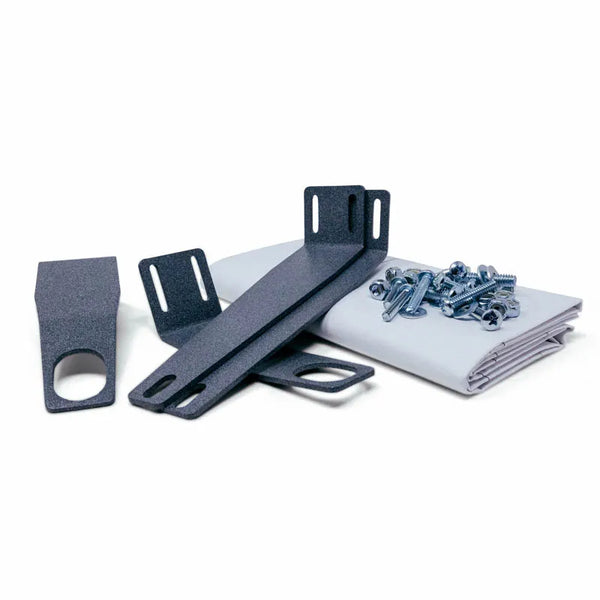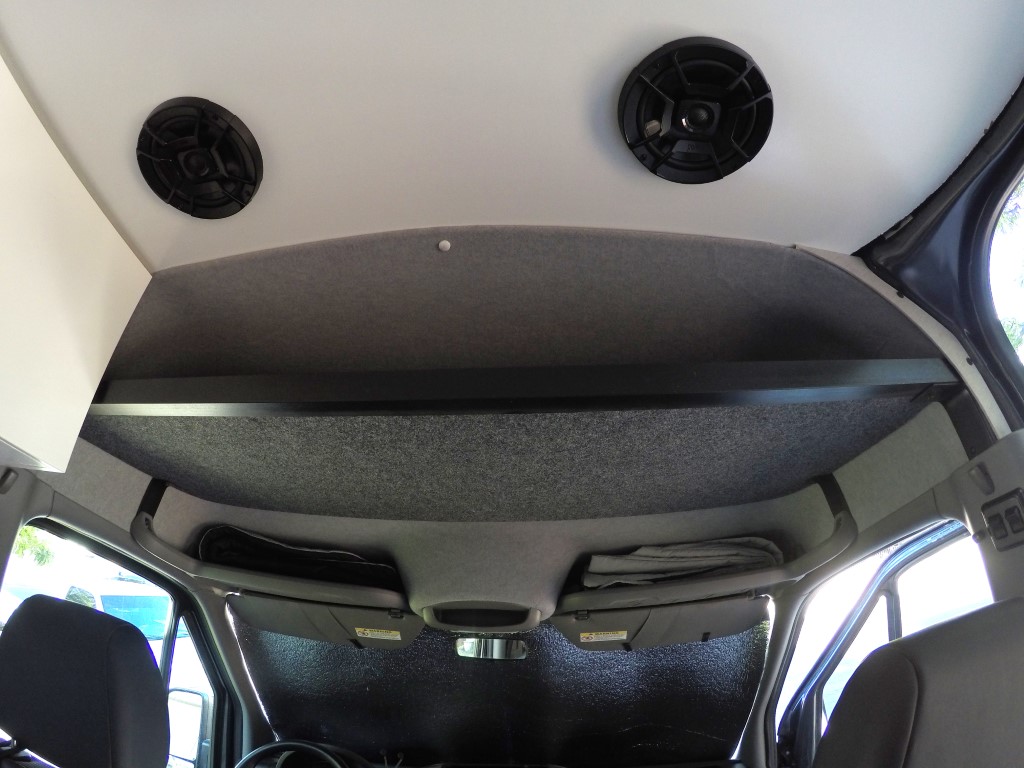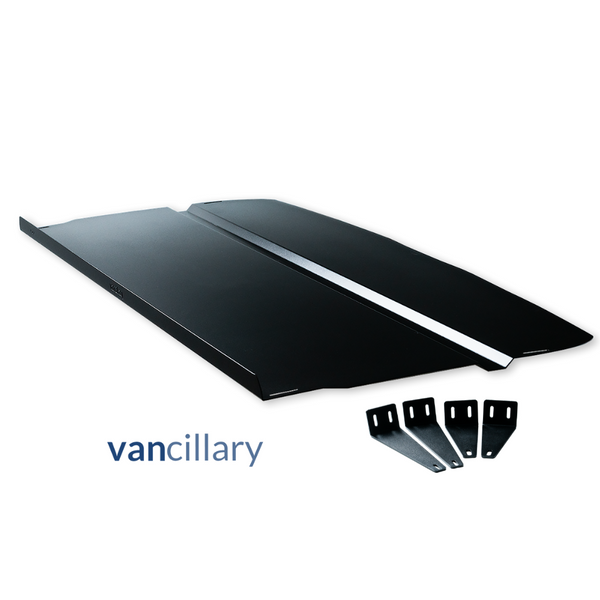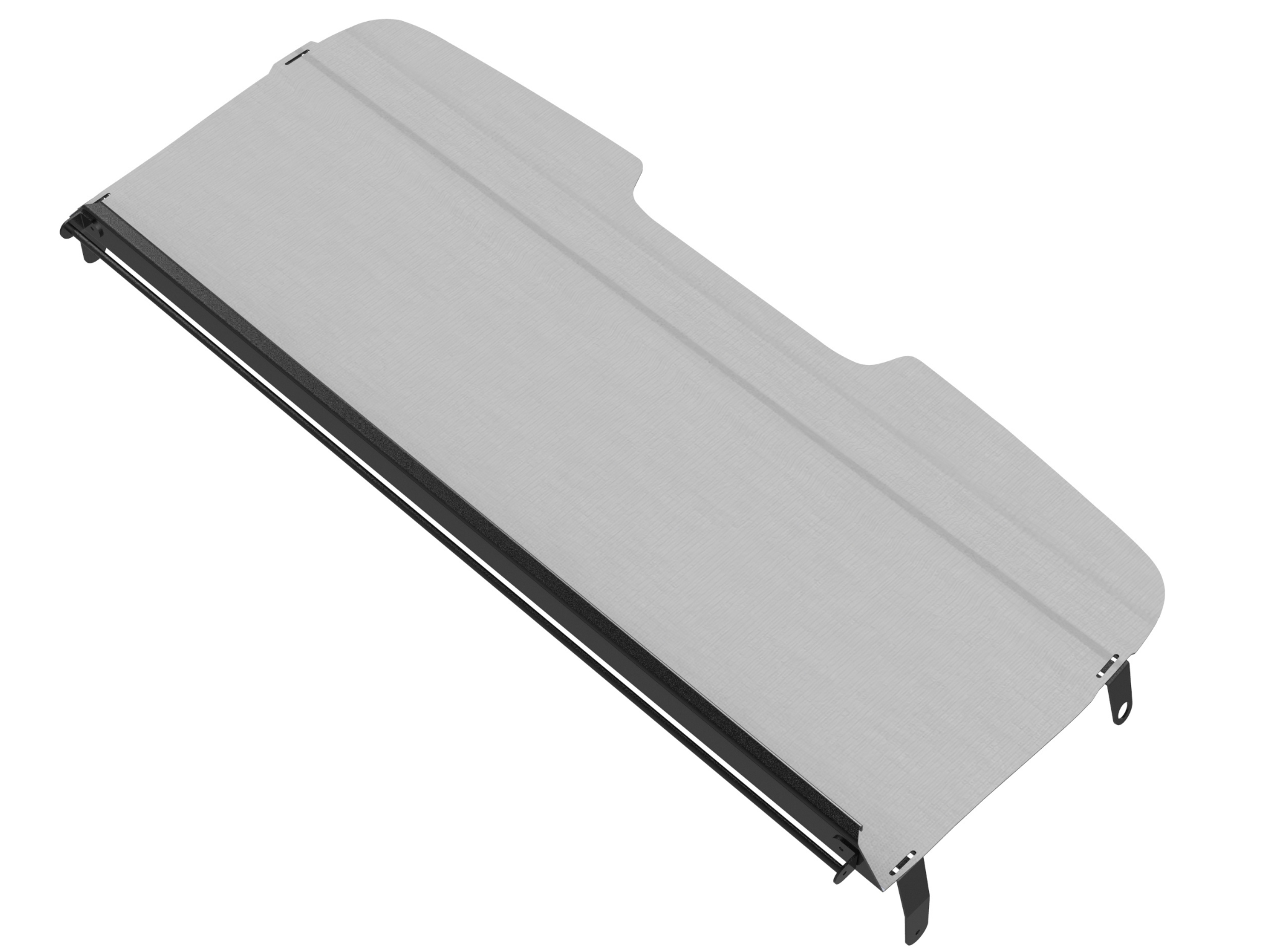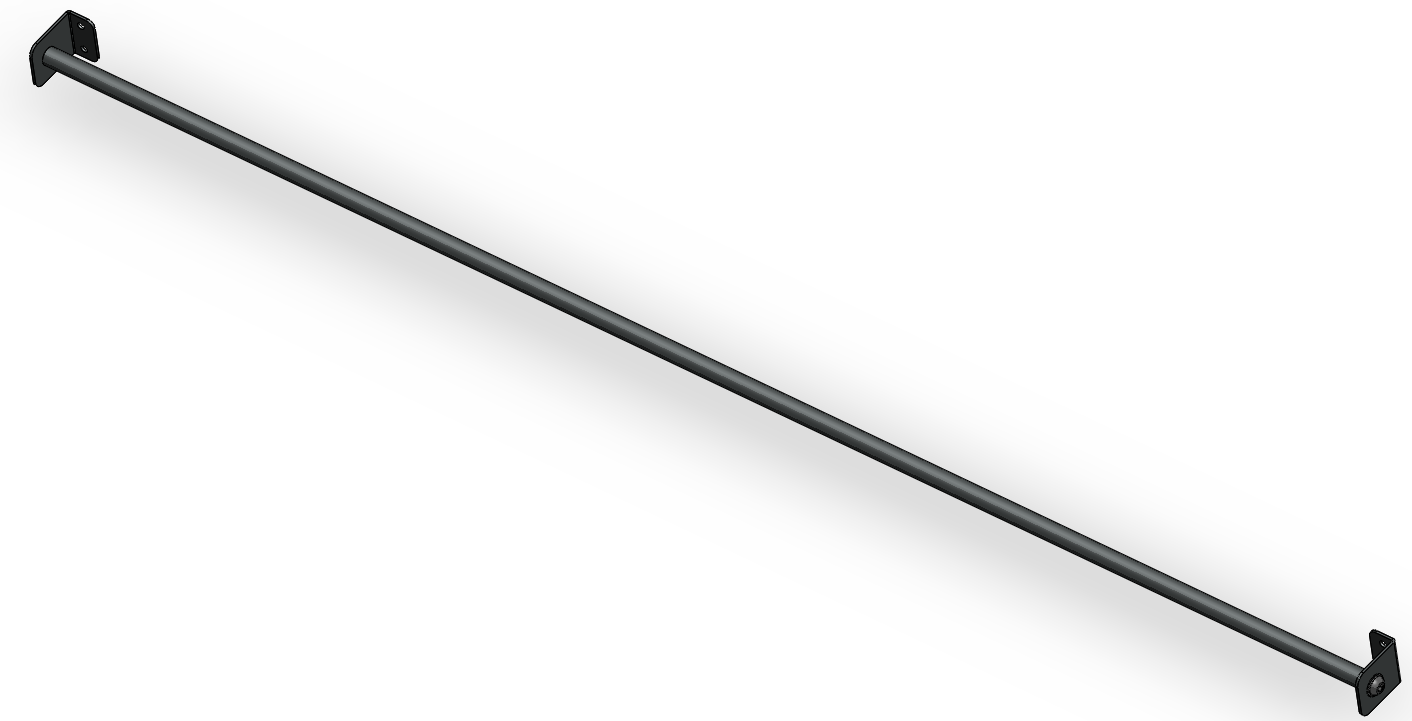Got my headliner out and am about to insulate the front cab area. Seems like some people attach the insulation (in my case Thinsulate 600) to the rigid headliner itself, then put the entire thing back in. It was awkward and bulky to get out as it was, and I can only imagine this would make it more difficult to get back in. Seems like it might be easier to apply directly to the van walls (though some drop cloths will be needed to contain overspray. Anyway, how did you go about it?
Last edited:




